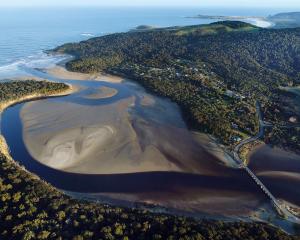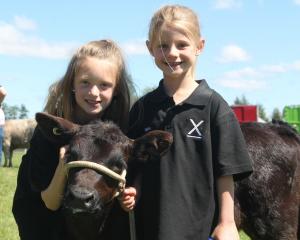
Built between 1960 and 1991, the scheme stretches from the river mouths to 4km upstream of Balclutha and plays a vital role in managing flood risk from the Clutha River/Mata-Au, protecting towns and extensive low-lying farmland.
The liaison group will serve as an informal, 10-seat advisory committee working alongside ORC to "improve communication between scheme stakeholders, act as the eyes and ears for the scheme community [and] provide feedback".
It is the second such group to be formed under ORC’s 2024 Long-term Plan, following the establishment of the Lower Taieri group in 2024.
A Tokomairaro group is planned for 2026.
The council was "looking forward to welcoming local voices to the Lower Clutha liaison group".
"This is a chance for people in the community to share their knowledge, help guide scheme decisions and ensure the protection and management of our flood and drainage networks reflects local priorities," ORC general manager science and resilience Tom Dyer said, before the election.
Five community members, representing Balclutha, Barnego, Inch Clutha, Kaitangata and Paretai, were elected during the group’s inaugural meeting at Balclutha’s Rosebank Lodge on November 13.
The group will also include representatives from mana whenua, Contact Energy, the Clutha District Council and an ORC councillor.
The results of the annual meeting will be presented to ORC’s February 2026 meeting, where the group will be formally confirmed and a councillor appointed.
"This is a great opportunity for people living in the area to work with us to ensure we meet the expectations of our community and to help shape the future of the Lower Clutha’s flood and drainage schemes," Mr Dyer said of the the reinstated group.
Further information about the scheme and the liaison group is available from ORC.













